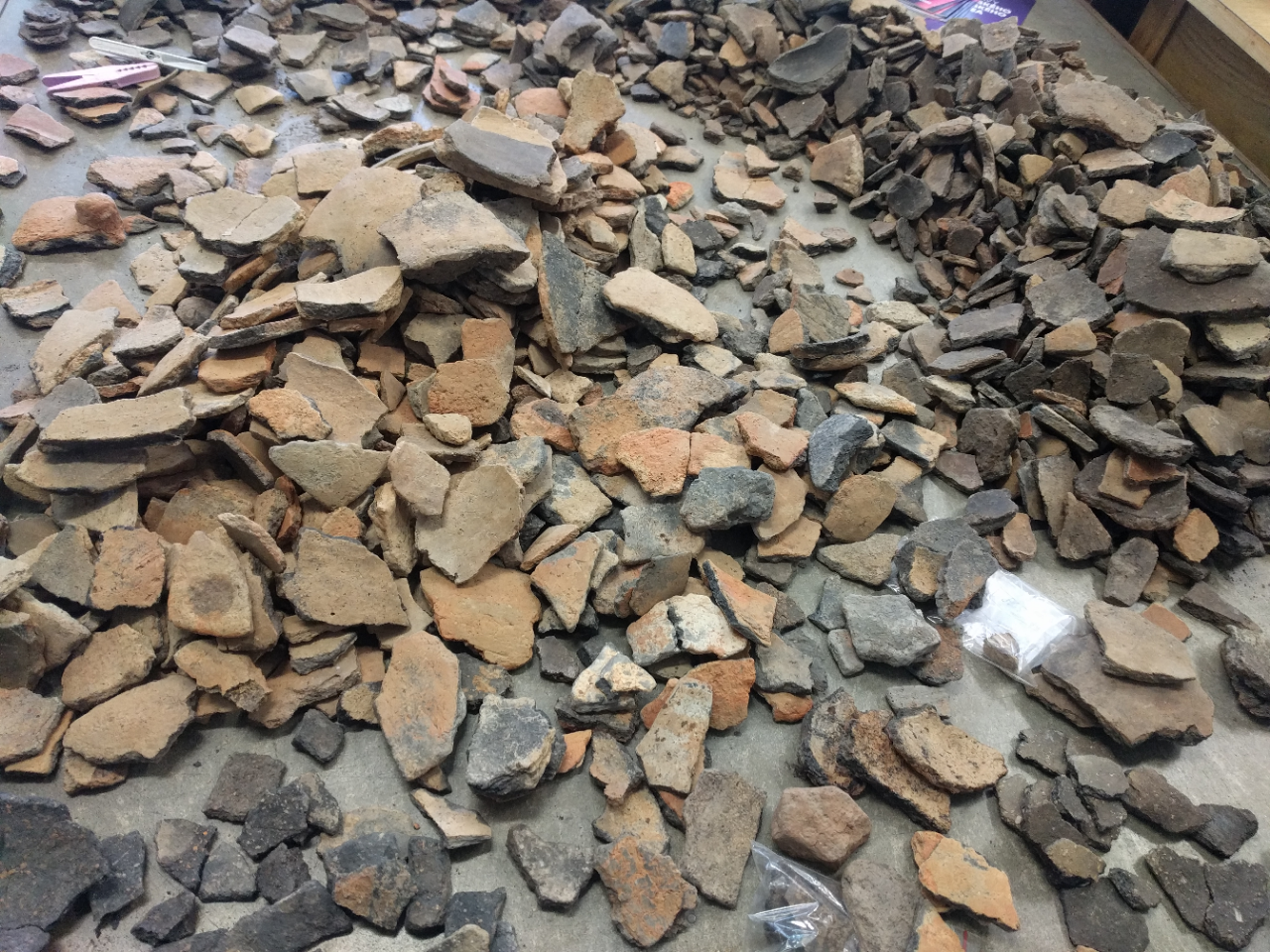Archaeological sub-collection
The concept of the archaeological sub-collection is specifically focused on Silesia and part of northern Moravia, which is the Silesian Museum's collection area, and in connection with current research tendencies it is further expanded both by the free transfer of archaeological finds from other institutions (Institute of Archaeology of the Czech Academy of Sciences, Brno) and by its own research.
Currently, the archaeological collection contains over 635,000 finds. In 2017, the 15-year cycle of mandatory audits (which ran from 2002 to 2017) ended, when the entire collection was audited to determine its condition and number. In 2018, a new periodic inventory began in the form of a planned rolling inventory over a 20-year horizon, where 35,000 units of collection objects will be checked each year for their current condition and storage.
In parallel with this activity, of course, we are also collecting new collection items. These are submitted by written proposal to the Silesian Museum Advisory Committee for Collection Activities, which meets approximately 4 times a year. After approval by the Advisory Committee, the object is entered into the chronological record, both electronically (BACH system) and on paper - the acquisition book. At this point, the object or set of objects receives its own acquisition number, under which it is entered into the collection and subsequently reported to the Central Collection Register of the Ministry of Culture. The record then contains basic identification data for each acquisition number pursuant to § 9(1)(d) of Act 122 and § 2(1) and (2) of Decree 275, as well as, for example, storage data. The records in the acquisition book are an official and proprietary evidence.
Within three years, systematic registration takes place, when the object or set of objects receives its inventory number (cataloguing). This is particularly important in multi-unit collections where one acquisition number is divided into several inventory numbers. At this time, analyses, reconstruction work and other specialist activities are usually carried out to clarify the significance of the find, the database is completed, new cataloguing cards are created, photographs are taken, references to relevant literature are made, etc.
Work with the collection also includes other tasks, in particular exhibition activities or providing loans of collection items to other institutions and making collection items available to researchers.
The archaeological sub-collection is stored in the Herbarium in the Arboretum Nový Dvůr. A part of the research room is accessible for announced research visits, the actual depository is not accessible to the public.

